While there was a time when a pair of blue jeans was simply a pair of blue jeans and one could rely on the classic big-name brands to provide a quality product that would last for decades, those days are long over – killed off by stretch fabrics and the allure of cheap manufacturing. However, those with an eye for details and a preference for quality will tell you that an adventure deep into the selvedge denim rabbit hole is where anyone that takes their jeans seriously ends up. That rabbit hole leads directly to Japan and a fertile Japanese enthusiast culture in most cases, but one American brand in particular has played a key role in pioneering the resurgence of domestically manufactured selvedge denim: 3sixteen.
3sixteen has grown into a unique force within the denim space since releasing their first pair of selvedge jeans in 2008. Founded by friends Johan Lam and Andrew Chen originally as a humble streetwear brand with a focus on graphic t-shirts, 3sixteen works directly with denim mills in Japan to make sure that their jeans aren’t simply a unique cut of the same fabrics other brands have access to – they’re fundamentally in control of the entire manufacturing process. That means that Lam and Chen see to it that every detail of their garments is chosen deliberately, and chosen by enthusiasts that have been down the rabbit hole and back and understand what goes into a pair of jeans that you’ll want to live in.
The ultimate appeal of selvedge denim is one that watch collectors should understand implicitly: It’s crafted to age with you, it’s crafted to display its age and fade in beautiful ways, and it’s crafted to last. As 3sixteen puts it, they “choose their fabrics and trims for their capacity to develop character with time” and in the same way that watch collectors appreciate the beauty and character of a “tropical” dial or a delicate bezel fade, selvedge denim enthusiasts are chasing perfect fades and patinas that only come with time.
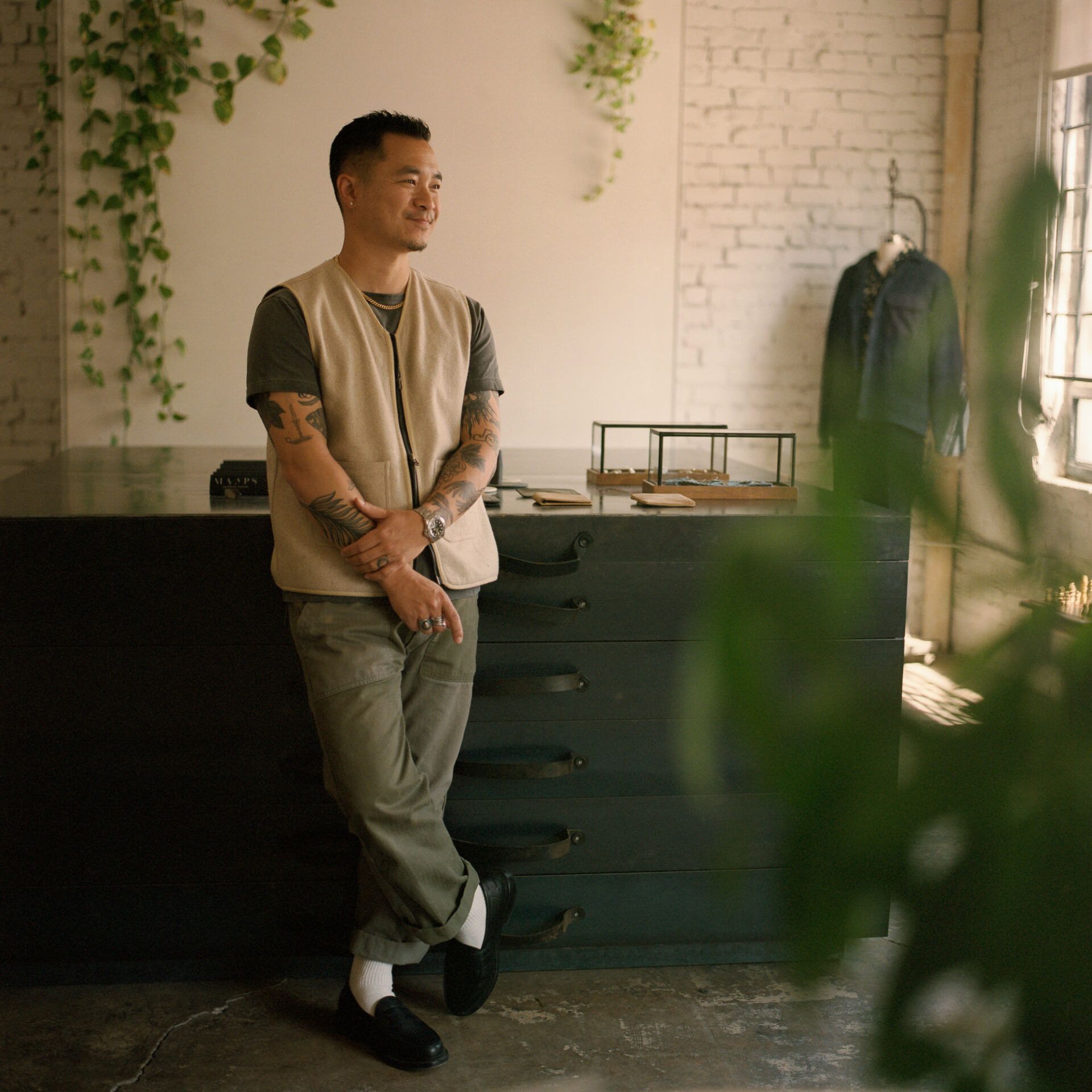

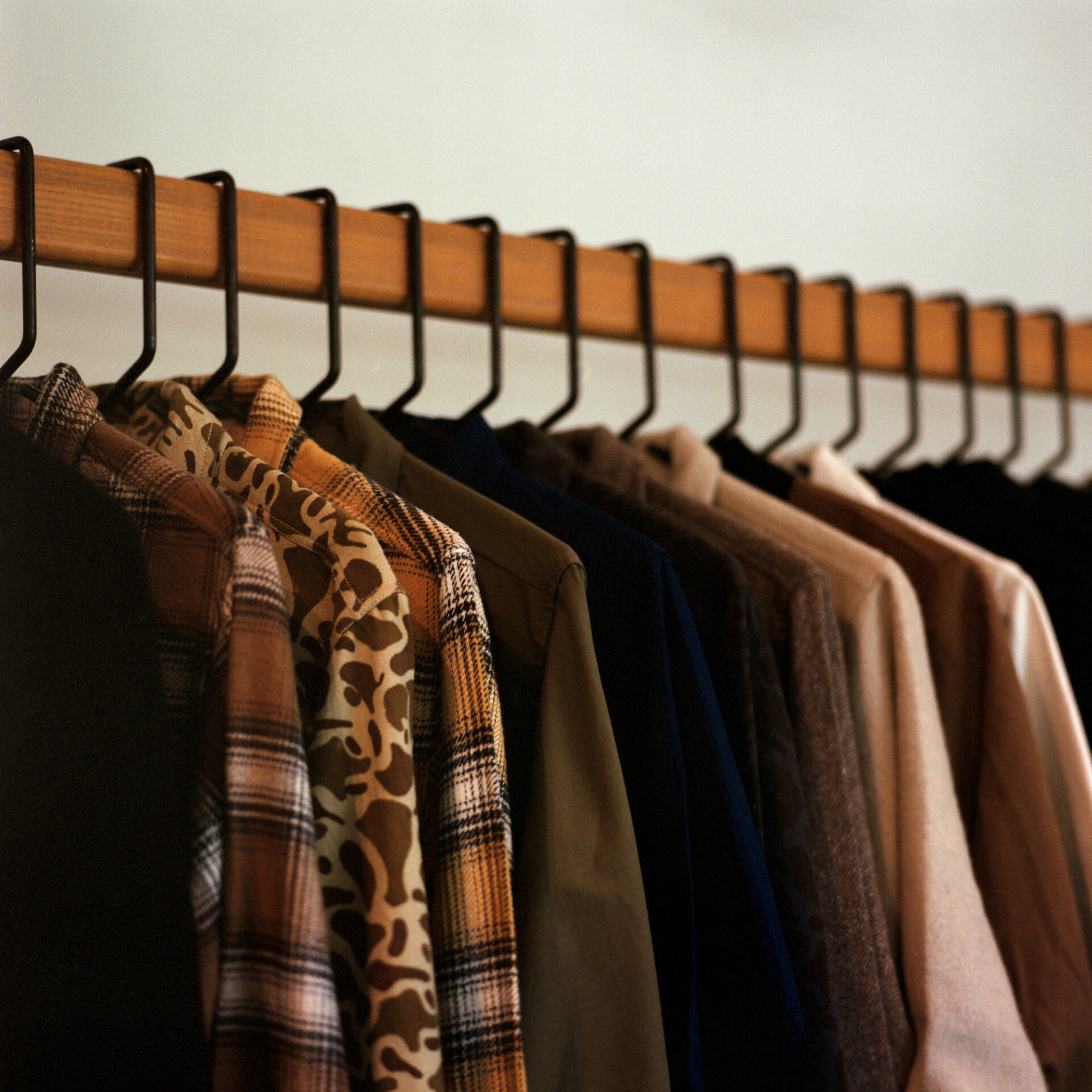
3sixteen has expanded its line dramatically since releasing that first pair of jeans and now produces the gamut of menswear, and they’ve developed into a powerhouse when it comes to producing creative collaborations with other brands – including premier heritage brands like Schott and Herman Miller. However, the underlying ethos that is applied to everything 3sixteen creates is it’s got to look great new, but it’s got to age into something unique. It’s a refreshing and novel approach to making things in the age of disposable consumerism, and one that Lam takes very, very seriously. And considering the driving ethos behind his brand, it should come as no surprise that Johan Lam is a watch collector.
In the following interview, Johan Lam goes deep on denim and denim culture, 3sixteen’s roots in streetwear, the interplay between watches and denim, and gives Craft + Tailored a tour of his collection of killer vintage Rolexes.
3sixteen has a real focus on making things with a serious attention to detail and making things that transcend the sadly disposable world we’re living in. Could you underline the overall philosophy to designing and manufacturing 3sixteen’s line, as well as the great collabs that you guys consistently put out?
JL: One thing that is really important to me – and it’s why I was really drawn to the selvedge denim world to start off with – is that very rarely in our lives do we get to experience products that improve over time. So much of what we purchase now and so much of what we consume is made to look as beautiful as it’s going to look and function as well as it’s gonna function right when you purchase it, and then it’s all kind of downhill from there. With selvedge denim, it’s kind of the opposite. You’re buying something that looks great brand new, but really what you’re looking forward to is how it’s going to look years down the line – when it’s really beat up and when it’s really worn in to represent your life. When it really molds to your body and just fits perfectly and all the fades become really beautiful.
When you have something that you have to be really precious about and all you’re concerned with is not getting that first scratch or cracking it or it not functioning as well as it could, it’s like having handcuffs. It’s really restricting. With denim and with a lot of the products we make, we have taken that ethos and expanded on it. It’s always “can we make something that looks really good when it’s brand new, but is also gonna look really good down the line?”
That’s also part of the reason why I got into vintage watches specifically. They really fit in-line with that product experience. They’re something that I know that I can wear and use because these things were made to be tools and they’re made for a particular function, and even though people don’t often use them in the way that they were originally designed to be used, they have that ability. And now that we’re 50 or more years down the line with some of them, we’re seeing how beautiful some of these things have aged – whether intentionally or unintentionally by the manufacturers. It’s a freeing feeling to know that you don’t have to baby something and that it’s getting better with use.
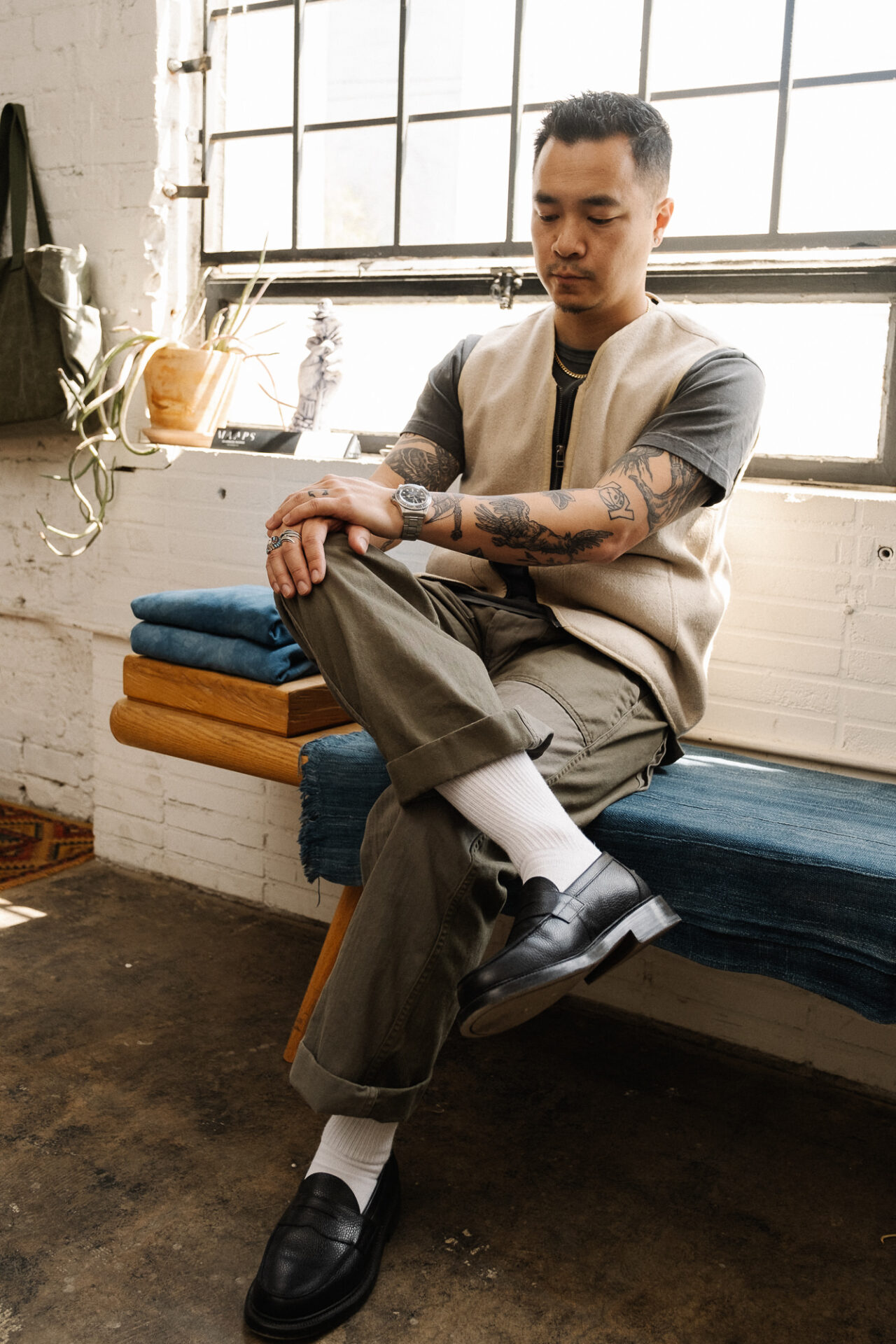
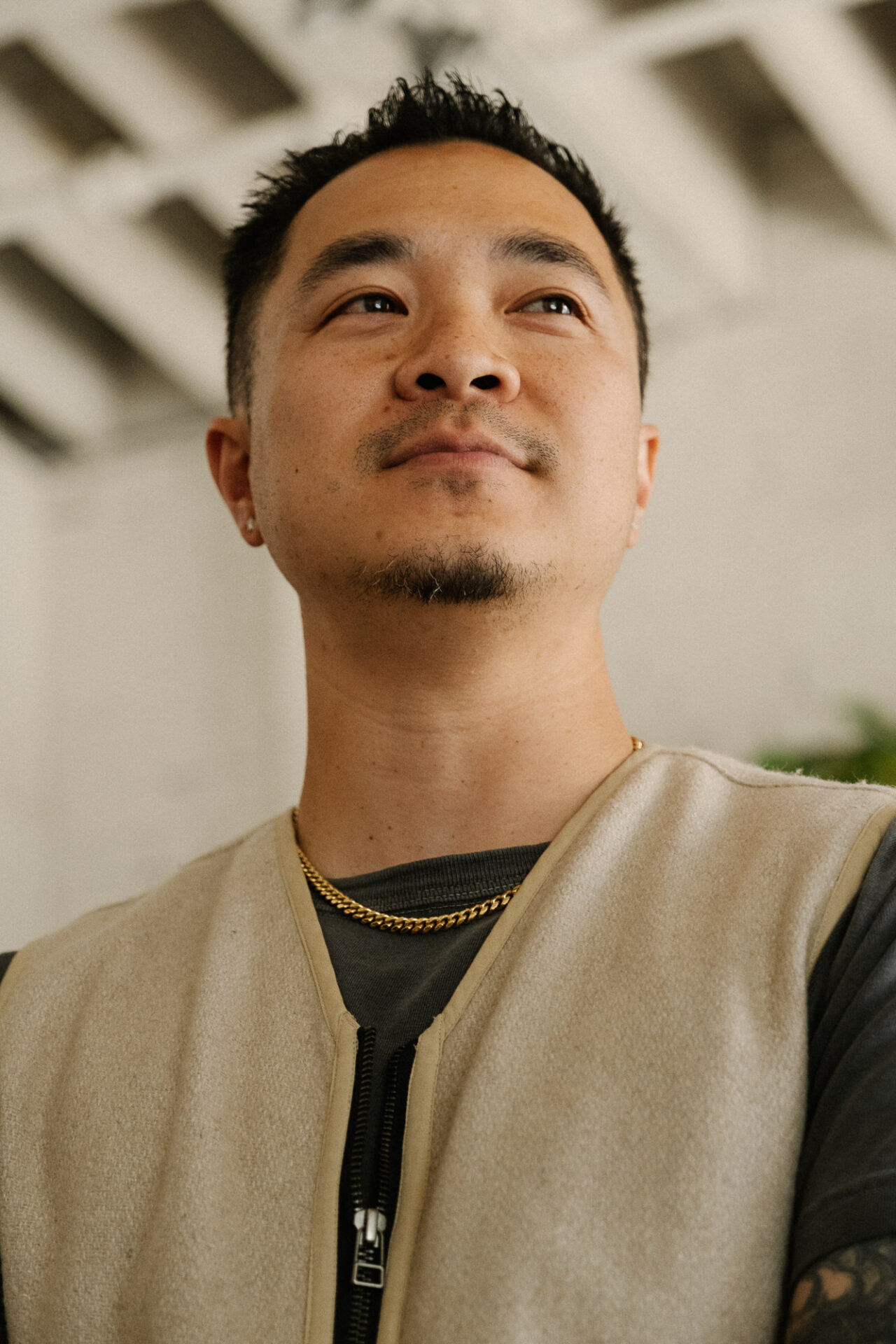
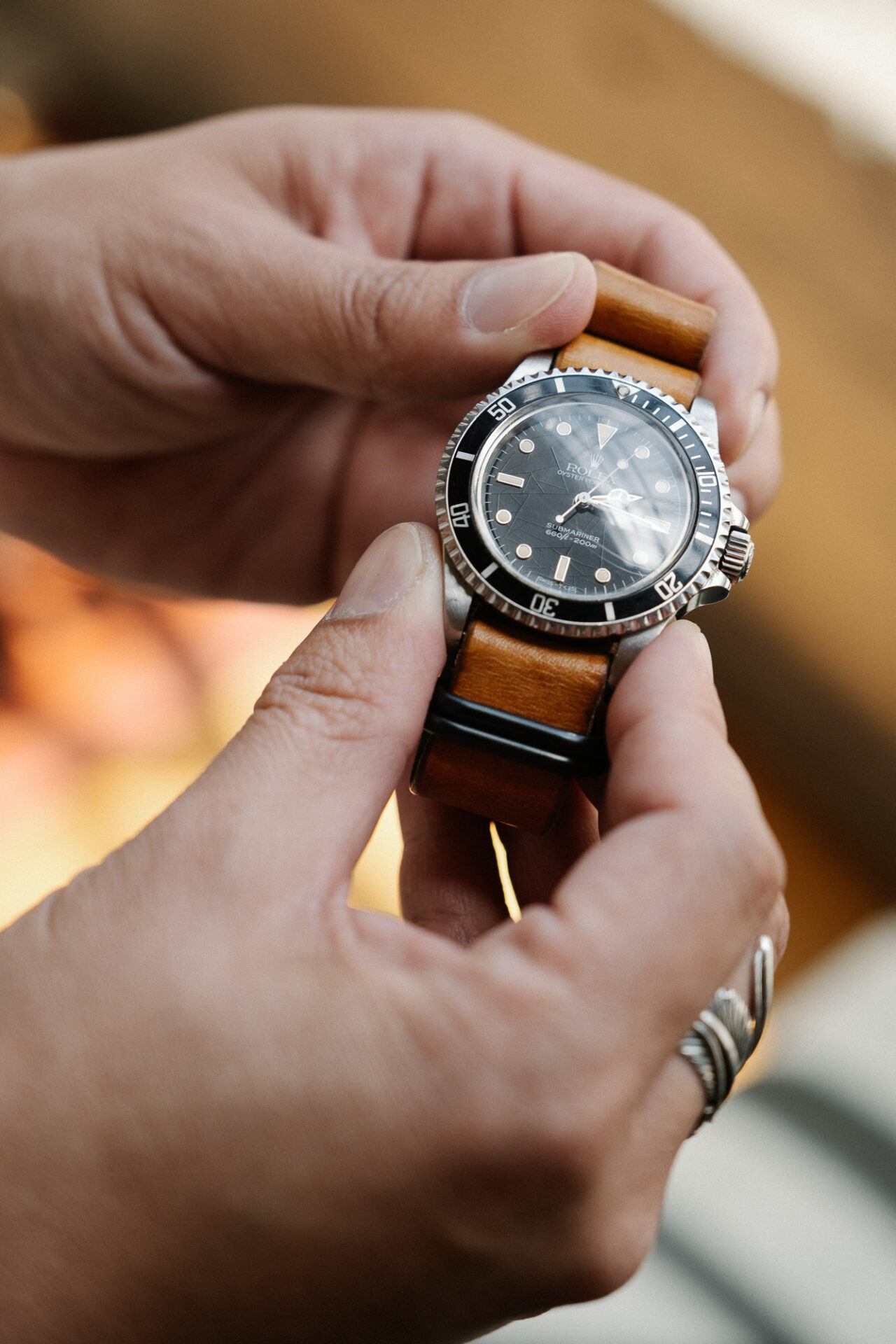
What was your point of entry into vintage watches? What was the first piece that hooked you and how did you find that one?
I first started paying attention to vintage Rolexes specifically because our partnership with Self Edge required us to travel to Japan around twice a year, and all of the higher-ups at all of the brands that we worked with and that we carry at Self Edge all wore Rolexes. So it was just something that caught my eye when I was still figuring out my personal style. That was pretty early on in my career, so I also wasn’t in a place financially to even consider buying a watch like that, but my career progressed and I did a little bit more research, and my first watch was a ref. 5513 Submariner – a really beautiful one with creamy lume plots and very subtle spidering on the dial. I bought it from HQ Milton in San Francisco.
I finally saved up enough and felt like I had taken care of the other financial responsibilities in my life to where I could buy a watch like that and not feel guilty about it. I grew up in a very frugal household; my parents both worked in nonprofit organizations doing Christian ministry, so they made very little go a very long way. We weren’t poor, but I didn’t have money for myself to spend on things like that. I started working very young and I did so to have money to buy my first guitar and to buy some snowboard equipment, to buy the clothes that I wanted.
How did you settle on a ref. 5513 for your first Rolex? Were you looking for a “spider dial” or just something in that reference range?
I was actually between a couple of different models when I was first searching; I was considering an Explorer I and I was almost ignoring the Submariner because I felt like it was a little obvious for my first “big boy” watch. I was also looking at an Omega Speedmaster. I visited HQ Milton’s showroom a couple of times and my guy over there showed me photos of this particular watch, and I happened to be in San Francisco. So I went to go see it and really liked it. That was maybe 10 years ago and that was my first watch and I still have it to this day.
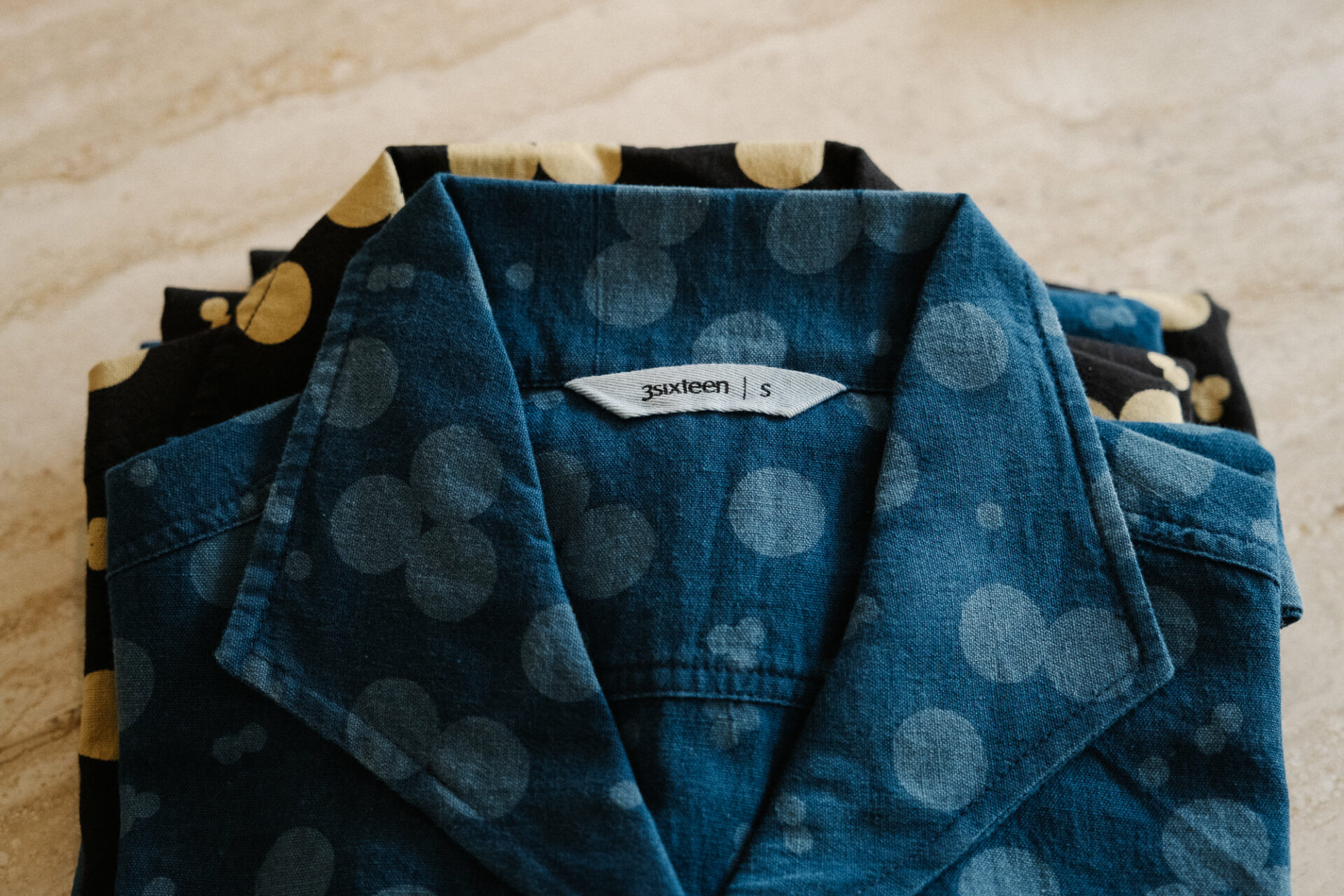
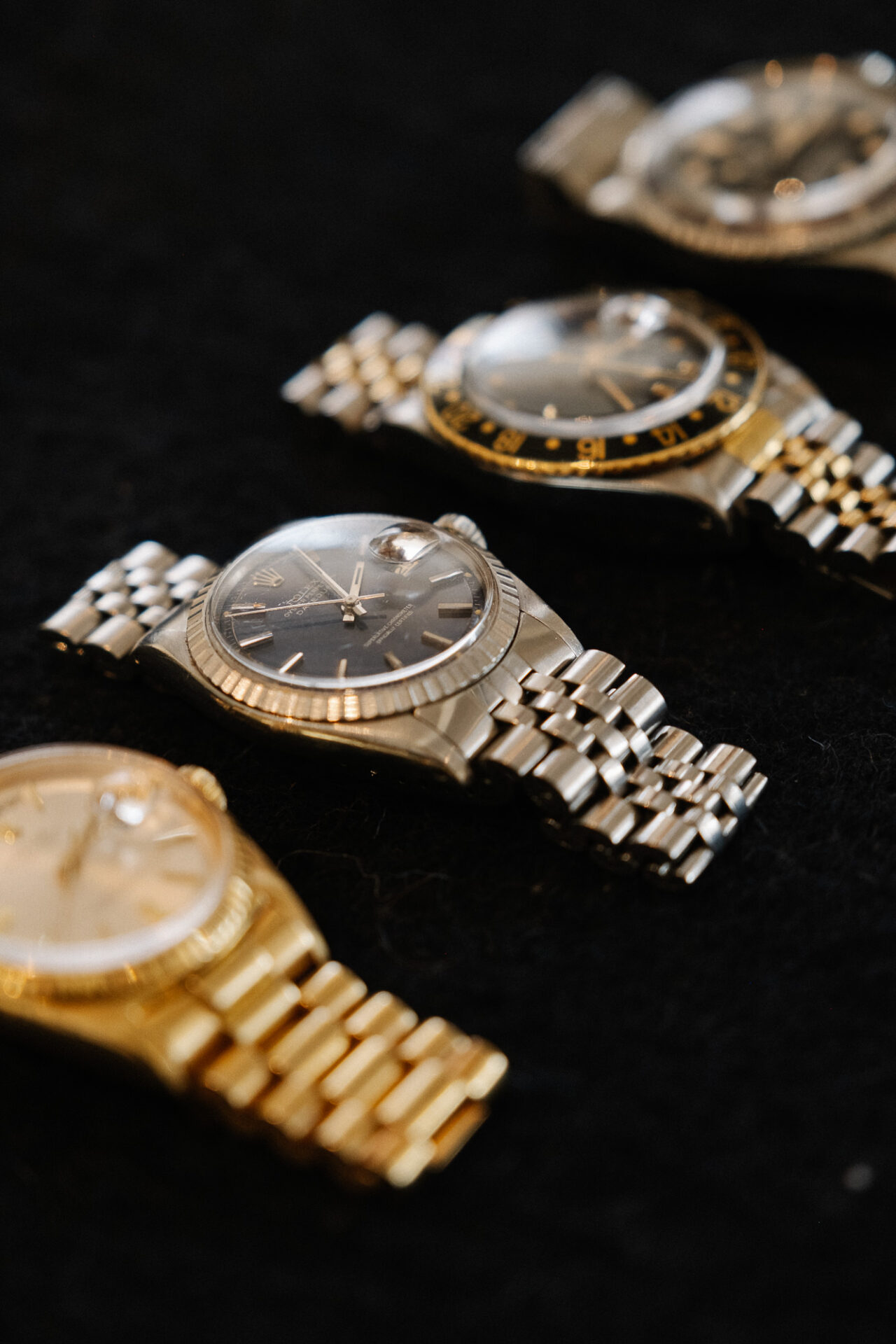
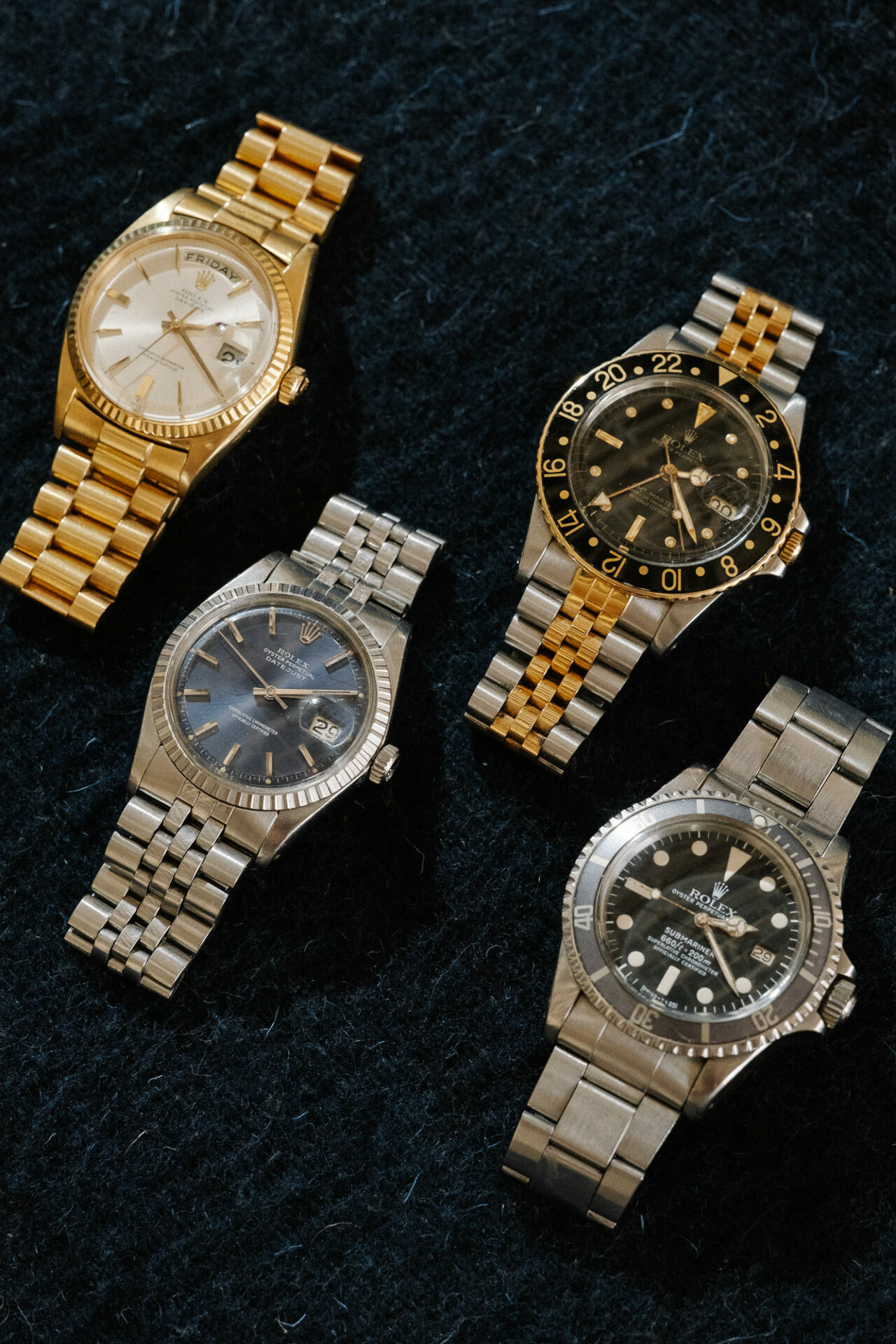
Something that’s really interesting with Submariners, in particular, is that they can all look incredibly similar to the untrained eye, but there’s a world of nuance within the model. I would wager that the same thing is true of selvedge denim; at some point, the details of these things become a secret handshake, whether that’s dial finishes or stitching patterns and rivet choices.
If you ask my wife, I have like 5 of the same watch. The same thing can happen with denim, where the question becomes “why do you need 10 pairs of blue jeans?” Even if they all look the same, when you get into it, it really is about the nuance of fabric weight, how that particular fabric was woven, which affects how it will fade and how it will wear and how it will drape. Stitch color – all of these little things that really only affect the wearer and are really only experienced and recognized by the wearer. Even to somebody who fully understands denim and knows a lot about the products, they’re not going to be able to see all of the intricacies and small details of each pair of jeans on a person passing by on the street. At the end of the day, it’s really a personal thing. And I feel that way about watches also; the details of a dial or a bezel, or especially the markings or engravings on the caseback of a watch – those are things that are only experienced by the wearer. So yeah, it’s an easy parallel to make because to the untrained eye or to the uninitiated, they can all look very, very similar. A pair of blue jeans is a pair of blue jeans and a Submariner looks like every other Submariner to most people.
So for the uninitiated, what makes 3sixteen’s denim different?
When we first started making 3sixteen jeans, the thing that set us apart from a lot of our contemporaries was that we designed our own denim fabric. For a small American-made denim brand, that was pretty unheard of at the time. Any maker that was using Japanese denim was buying a stock fabric from the same mills or fabric houses, or finding remnant fabrics from rolls of fabric that were brought over from Japan and then leftover post-production.
So, at the small size that we were as a company at that time, for us to be able to work directly with the mill and design a fabric to our specifications, that really differentiated us from everything else that was available. That combined with our jeans being cut and sewn in America. The minimums required to design and produce your own denim in Japan are really, really high, so you would have to commit a lot of resources and commit to making a lot of jeans in a particular color in a particular fabric, and just wasn’t feasible for a lot of brands at that time. Because of our work with Self Edge and because of the relationships that we built with some of the Japanese companies, we were able to not only do that, but do a couple of colors at once.



You can fundamentally control the whole process, which is a very different thing than providing a uniquely cut version of the same fabric everyone else has.
Exactly. A lot of brands used American-made selvedge denim from a mill that’s now defunct called Cone, and Cone was the supplier for Levi’s for a long time, but they unfortunately finally went out of business a few years ago. So even those buying from Cone weren’t using custom fabrics, they were using fabrics that Cone would make a lot of and then divvy up between brands or sell to fabric showrooms. There really was no protection against another brand using the exact same denim fabric as you, and then the difference is only in the cut and branding and while we work really hard on our cuts and we’ve refined them over the 15 years that we’ve been making jeans, cuts can be replicated. One brand’s cut is not exactly proprietary to them and another brand could easily deconstruct a jean and have a pattern maker copy the specs. So to me, there really is no “best” cut. That doesn’t really define any sort of superiority from one brand to another in my book and because cuts are so subjective and everybody’s body shape is different, what works for one person is not always going to work for somebody else. What can’t be replicated is the fabric and that’s the heart of the jean; that’s where a lot of the durability comes from and that’s where the fade characteristics come from.
How have you seen denim culture shift in the US in a noticeable way over your years in business?
It’s changed a lot and there have been different waves of it. When Self Edge was first founded by Kiya and Demitra [Babzani] in 2006, it was very, very niche and almost exclusively online. It was a very small group of people who were into it, who would discuss it on forums, and the only way that they had access to some of these Japanese brands was by either traveling to Japan and purchasing directly from some of the stores or via proxy. So you had to find somebody in Japan to purchase the jeans for you and then have them ship them to you. There wasn’t a lot of online retail going on at that time, so finding a middleman based in Japan was the only way. As you can imagine with how difficult raw denim can be to size, this was a huge barrier for a lot of people that were maybe interested, but just couldn’t get their mind around taking that leap to obtain the product without knowing it would fit.
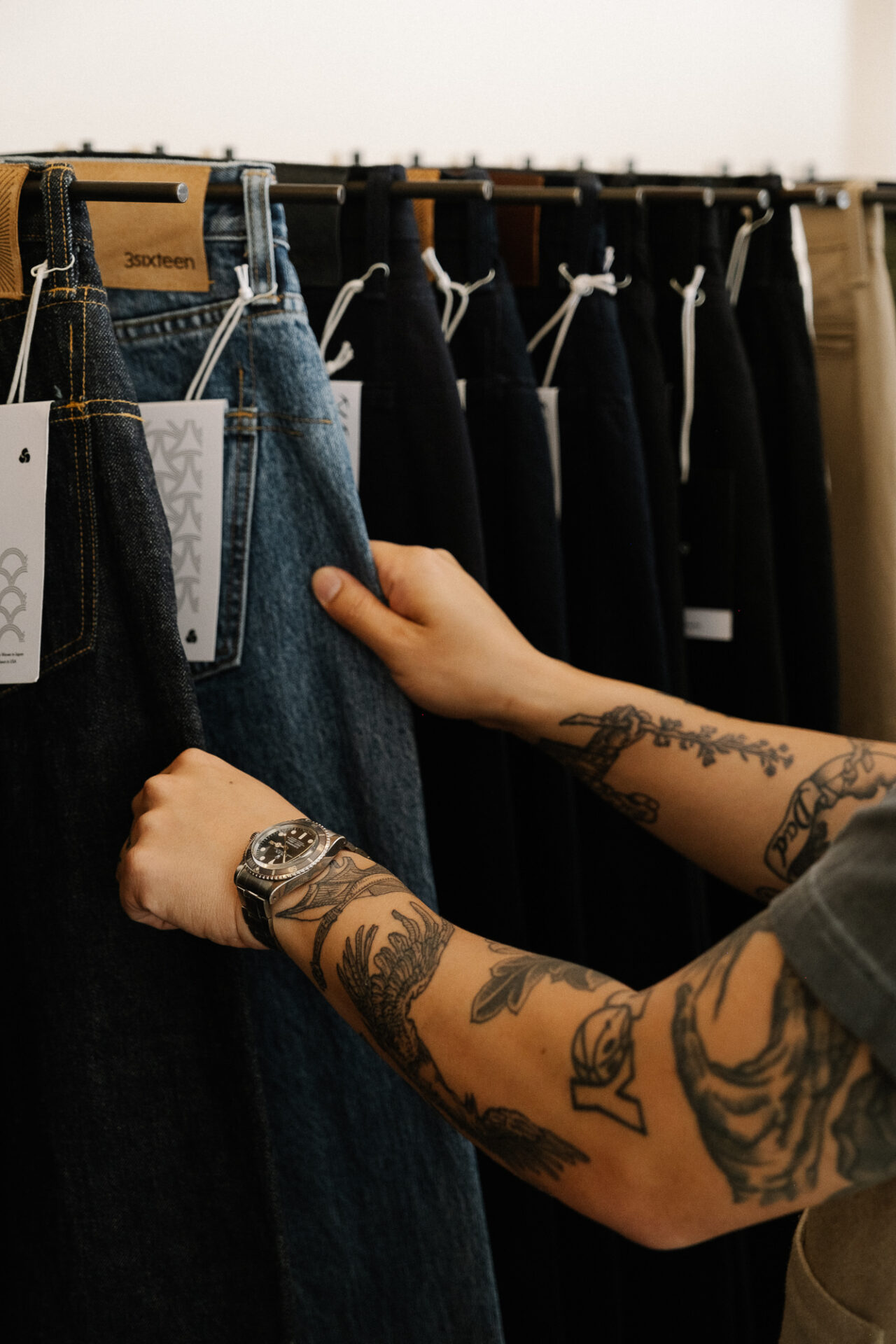
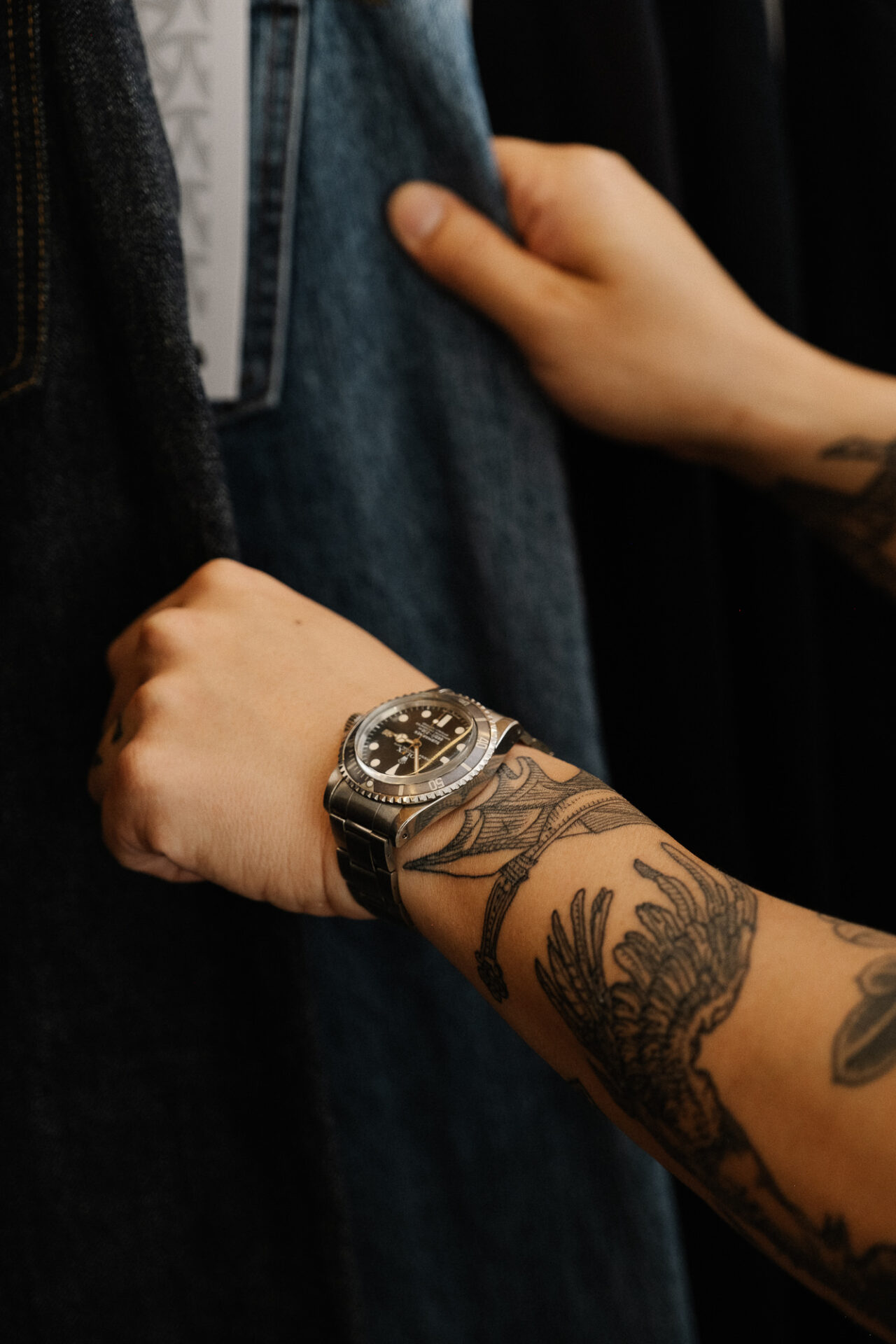
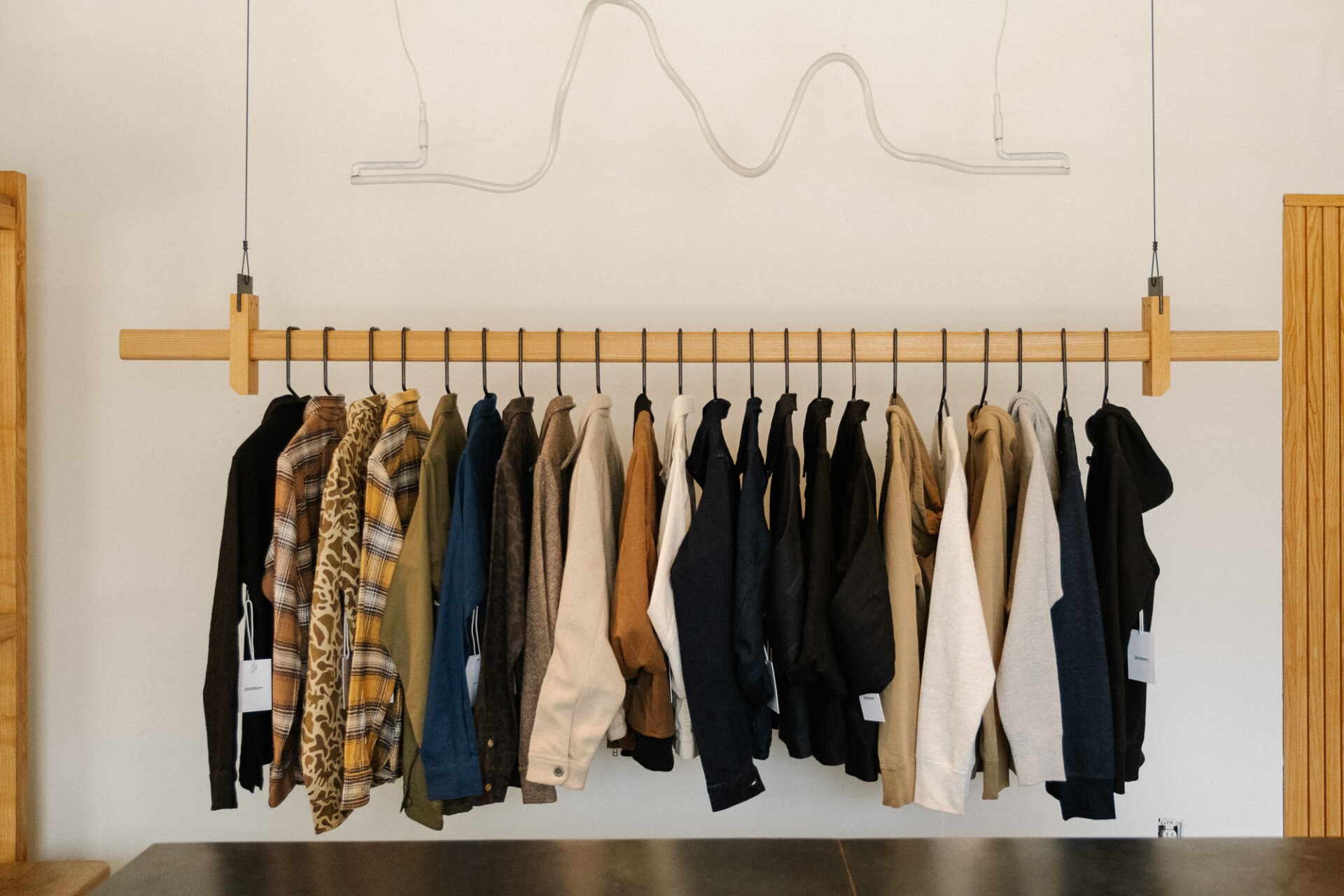
It was pretty difficult to obtain for a long time and Kiya and Demitra built relationships with a handful of Japanese brands over a year and a lot of these brands had no real desire or aspirations to sell outside of Japan. There was a huge language barrier and their businesses were growing and doing well in Japan exclusively, so they just didn’t want to deal with the headaches that selling internationally would bring. Fast-forward a couple of years and there was a big wave of menswear popularity and part of the sort of “uniform” then revolved around having a good pair of selvedge jeans. So a brand like APC was thriving and really popular for selvedge denim at the time. Maybe in the last year or two, denim culture has started to come back around. At the same time, 3sixteen has expanded over the years and our collection has grown. While we still continue to make really great jeans, we’ve started taking the ethos we put into our jeans and applied it to other categories in our collection as well.
That’s a huge leap for a guy that originally came from the streetwear world and making t-shirts. Obviously streetwear has matured a lot over the years, but it’s an interesting pathway because so much of it relies on the manufactured hype of limited editions, and it’s not necessarily a disposable form of fashion, but anybody can print a t-shirt. 3sixteen’s approach seems like the exact opposite because of the mountains one needs to move to manufacture denim. What was it like shifting away from that side of the menswear world?
The whole consumerism aspect of working in the fashion business is something that I grapple with for sure. When we first started 3sixteen, we were making graphic t-shirts because it’s an easy thing to do when you have no idea what you’re doing. Anybody can get a t-shirt printed and we had no formal training in making clothes. So we started with t-shirts and then we expanded to hats and hoodies and we tried to make some very simple clothing early on, but we were really learning on the job. It wasn’t until we found the right manufacturing partners and the right people to help us along the way to teach us and show us the things that we should be paying attention to that we started making a full collection and expanding on our offerings.

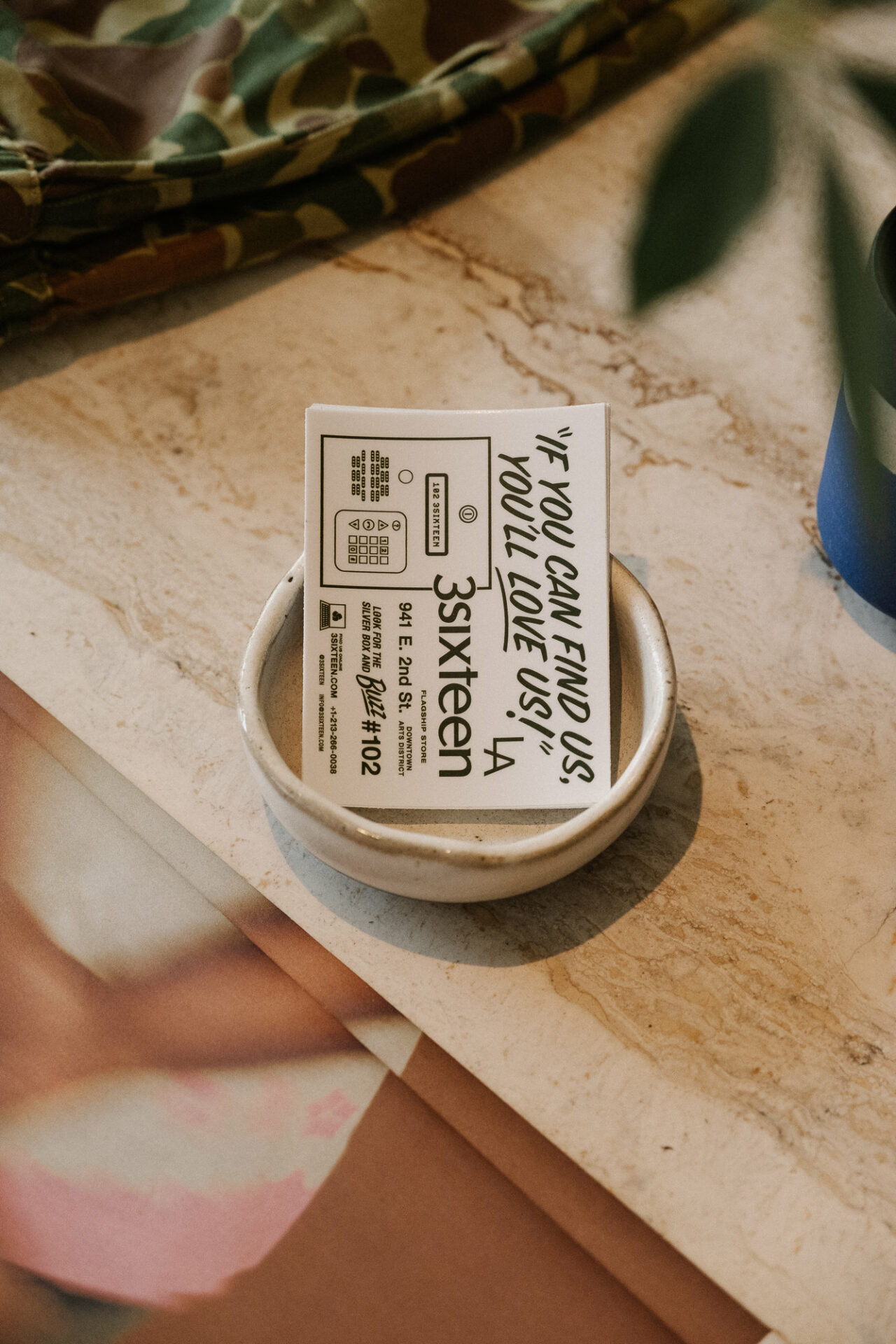
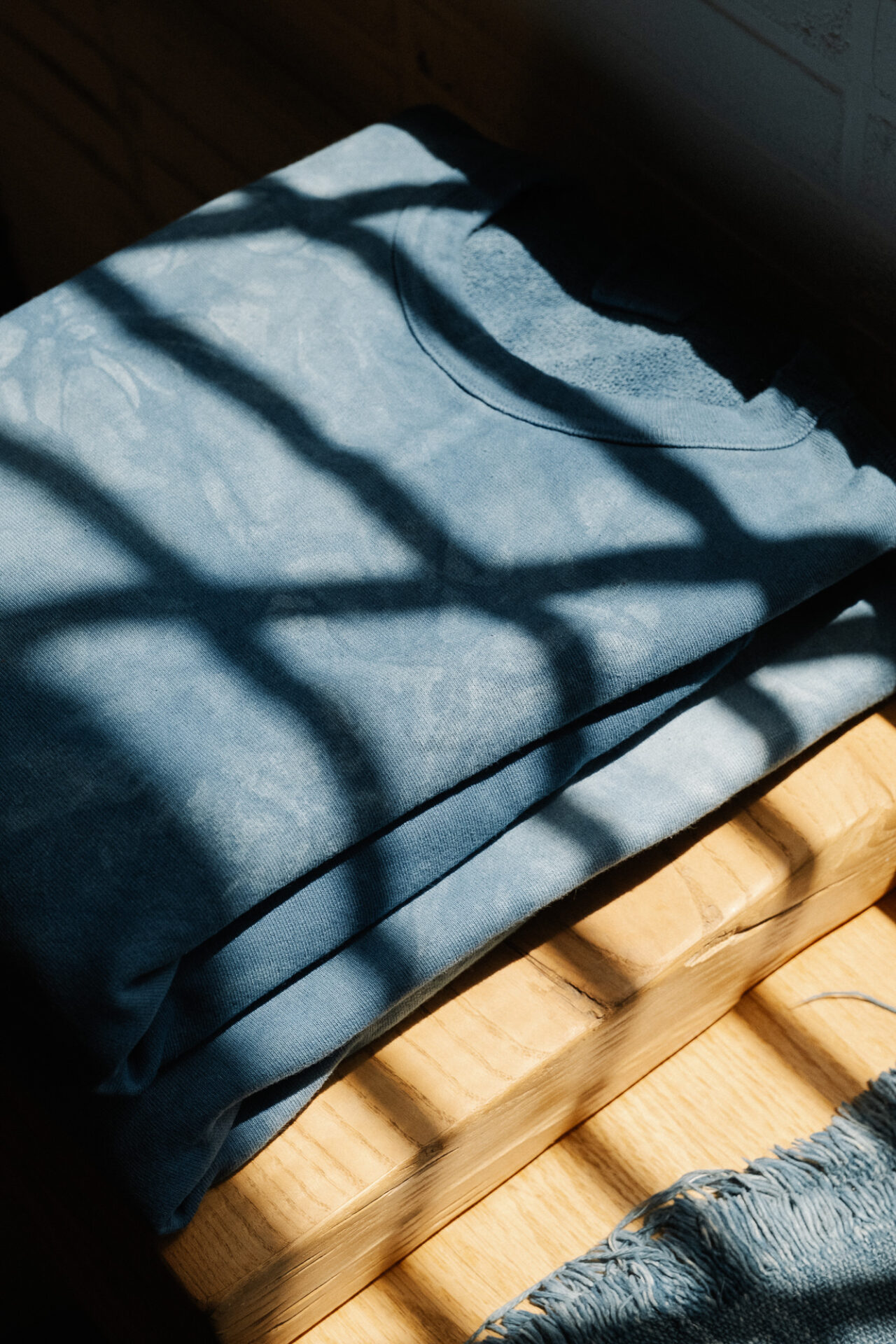
Around 2007, when we were already shifting away from the louder, more colorful, kind of poppy graphics that we had started with towards more subdued, one color, darker graphics. So when we came out with our first full collection, the types of products that we designed and sampled out just weren’t going to do well in the types of stores that we were already selling to because the style had changed so drastically. They were a little bit too simple, they weren’t graphic heavy, they weren’t brightly colored, and they were a little bit too expensive for a lot of these stores. It was really fortunate timing for us to shift because a lot of the streetwear stores that we were selling to weren’t doing well, so naturally we had to find a new roster of retailers to start to sell our clothes to.
We were very fortunate to make that shift and start selling to some really well-respected department stores and contemporary men’s boutiques. It wasn’t really as strategic as it sounds; it wasn’t like we had a crystal ball and we saw that that era of streetwear was going to struggle and we needed to find something else. It was really a natural progression of our personal tastes and what we wanted to wear – what we wanted to design. It was authentic, because we were personally starting to dress differently and were interested in a different style of clothing, so the products that we created naturally came out differently. That just happened at a very serendipitous time.
I recently interviewed Devon Turnbull of OJAS Audio, who also started the streetwear brand Nom de Guerre. Devon’s main focus is hi-fi audio now and you two have a similar storyline in arriving at your ultimate passions through Japan’s influence; Devon discovered the hi-fi audio world while working in Japan on his streetwear brand. Why is the Japanese attention to detail and that obsessive Japanese nature so intoxicating to American designers?
There is a value that is placed on excellence there that oftentimes includes a willingness to forego efficiency or logic, or economical values. Sometimes the Japanese just care so much about making what they perceive to be the most excellent version of a thing, that they’re willing to sacrifice all other factors.
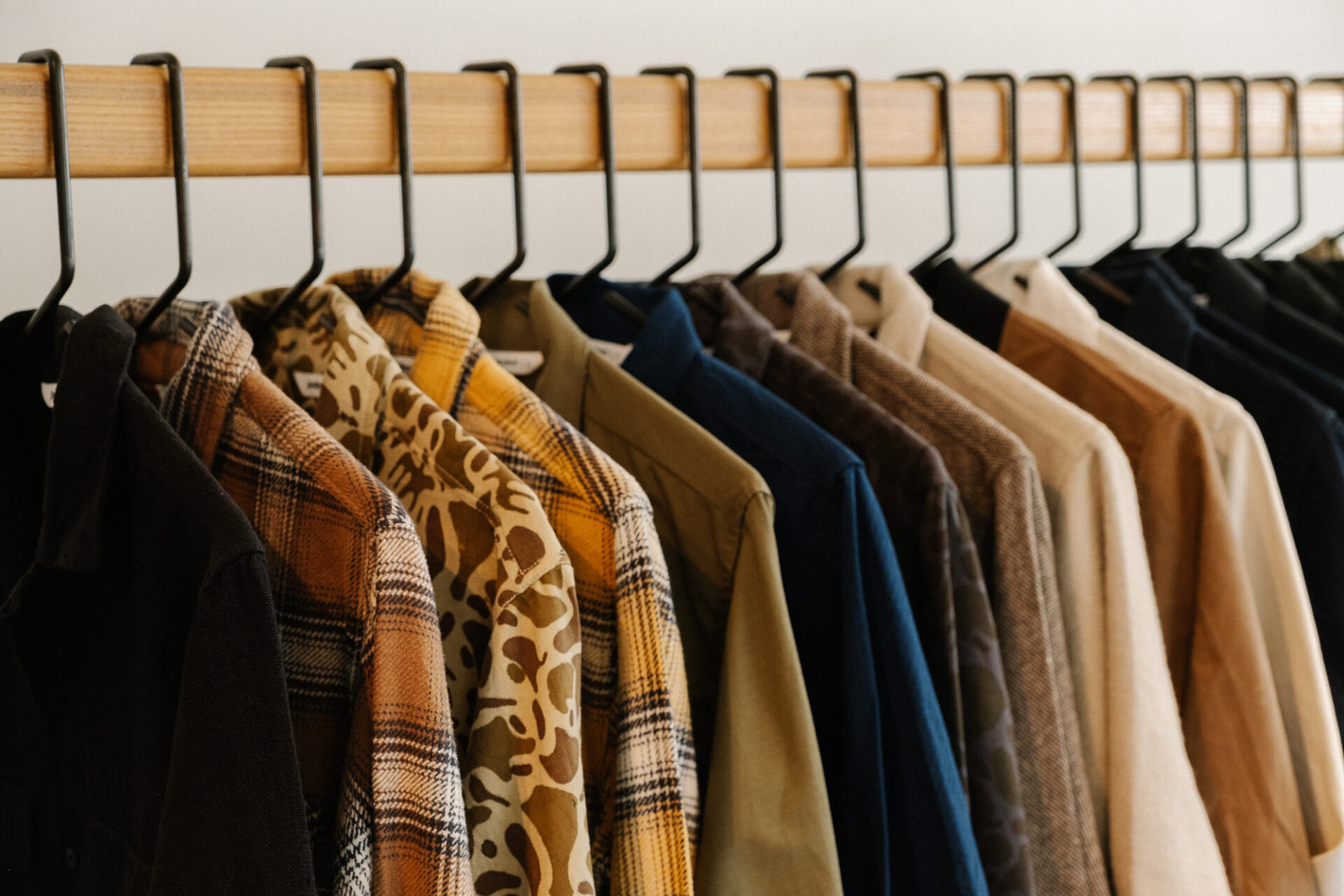
So back to your watch collection. How has the collection expanded since getting that first 5513?
I have around six watches now. I still have the ref. 5513. I have a ref.1680 “date” Sub from ‘77 with a really beautiful “ghost” bezel that’s faded really nicely to gray, and I wear that one a lot. I have a gold “President” that I purchased last year from the guys at Grey and Patina, and they brought me this watch because they thought I’d really like it because its bracelet was made in Japan. I hadn’t really worn a lot of gold at that time and it took a little bit of getting used to when I first purchased the watch, but on certain occasions it’s a really fun watch to wear. It’s beautiful and has an interesting story with the made in Japan bracelet aspect; the way that I understand it is that there was a time where tariffs were really exceptionally high and so Rolex allowed different regions to produce their own bracelets locally.
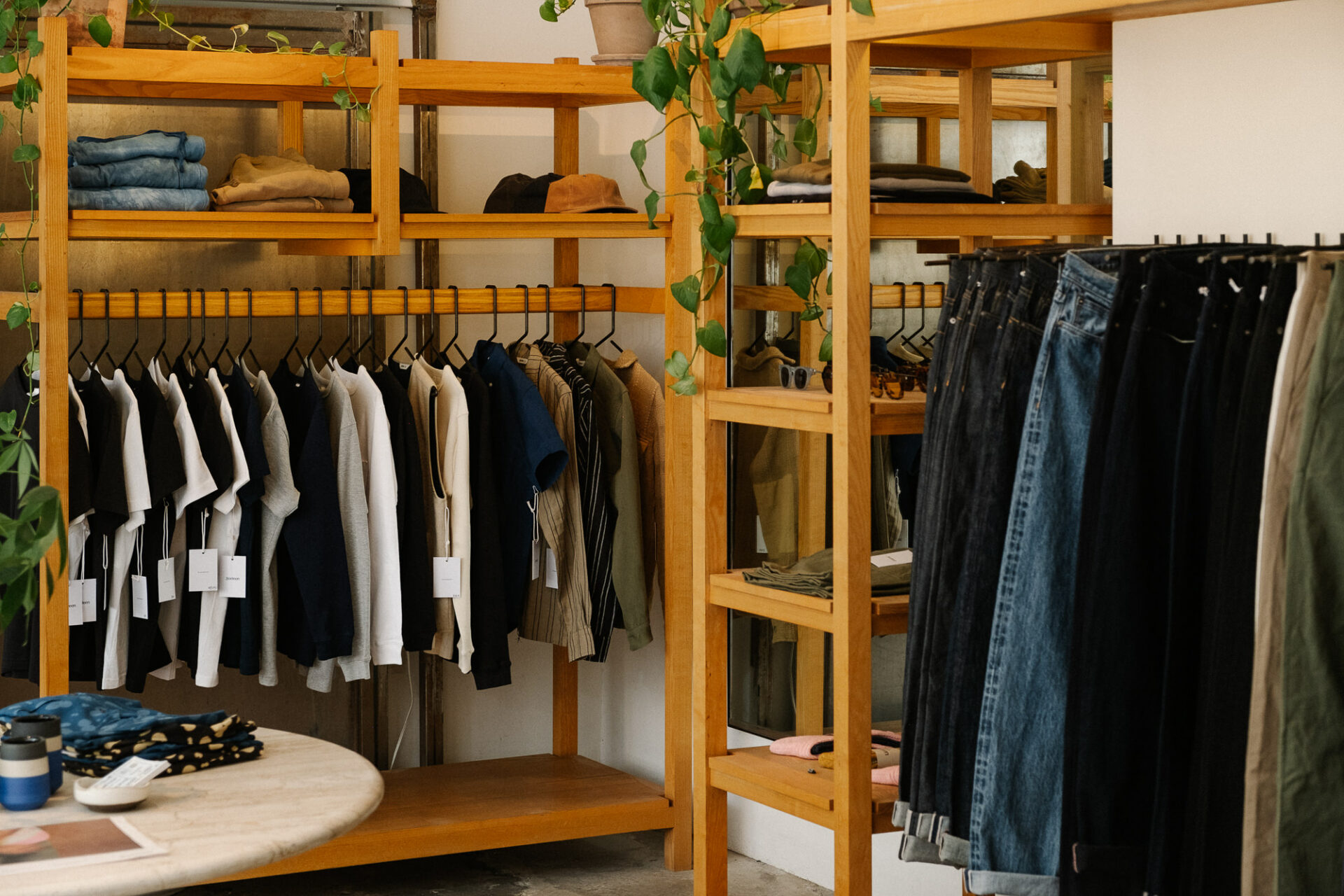
The thing with the ref. 1803 in yellow gold is you can look at them online all day and think “that is not me,” but the minute people wear one, they seem to automatically understand the appeal.
Well, the other weird thing is I’m turning 37 next week, but I’m still 18 years old in my mind. I suppose now that I’m nearing 40, that’s around the age where you seem to start accepting someone wearing a gold watch, right? It’s the right age. But it also always feels a little imposter-y because in my mind, I think of myself as like a very immature, young person. So sometimes doing the things that I’m doing in life or wearing some of these things feels a little funny.
Tell me about your Datejust with the blue dial. It looks like it’s got a really interesting story behind it with the caseback engraving.
So my father passed away at the end of 2020, and he was diagnosed with stage four lung cancer at the beginning of 2018. It came out of nowhere and he was always a pretty healthy person and he traveled the world as a minister and did a lot of humanitarian work. He was easily the most well-traveled person that I knew; he kept a spinning spice tray, but instead of spices, it was filled with coins from all over the world. And not run of the mill destinations – these were coins from like Mauritius and Burma and ends of the earth type places.
We had a classic Asian father and son relationship, but he was always very supportive of my career and what I did – even when I didn’t necessarily expect him to be. So for his birthday in 2018, I wanted to buy a watch for him. Usually your father hands down his Rolex to you. The archetypical sequence of events is the classic story of a dad getting a Datejust for his retirement, or maybe it was a wedding present, or maybe he was the top sales guy at his firm and it was an award or whatever. In Asian culture, it’s very common for your new in-laws or your parents to give you a Rolex on your wedding day. But my dad has never been interested in luxury; he just never thought on that wavelength. He once gave me a very weird watch that he bought in Siberia in the ‘80s (that I still have but really know nothing about) He would wear watches, but they would be random things like that which he would pick up during his travels.
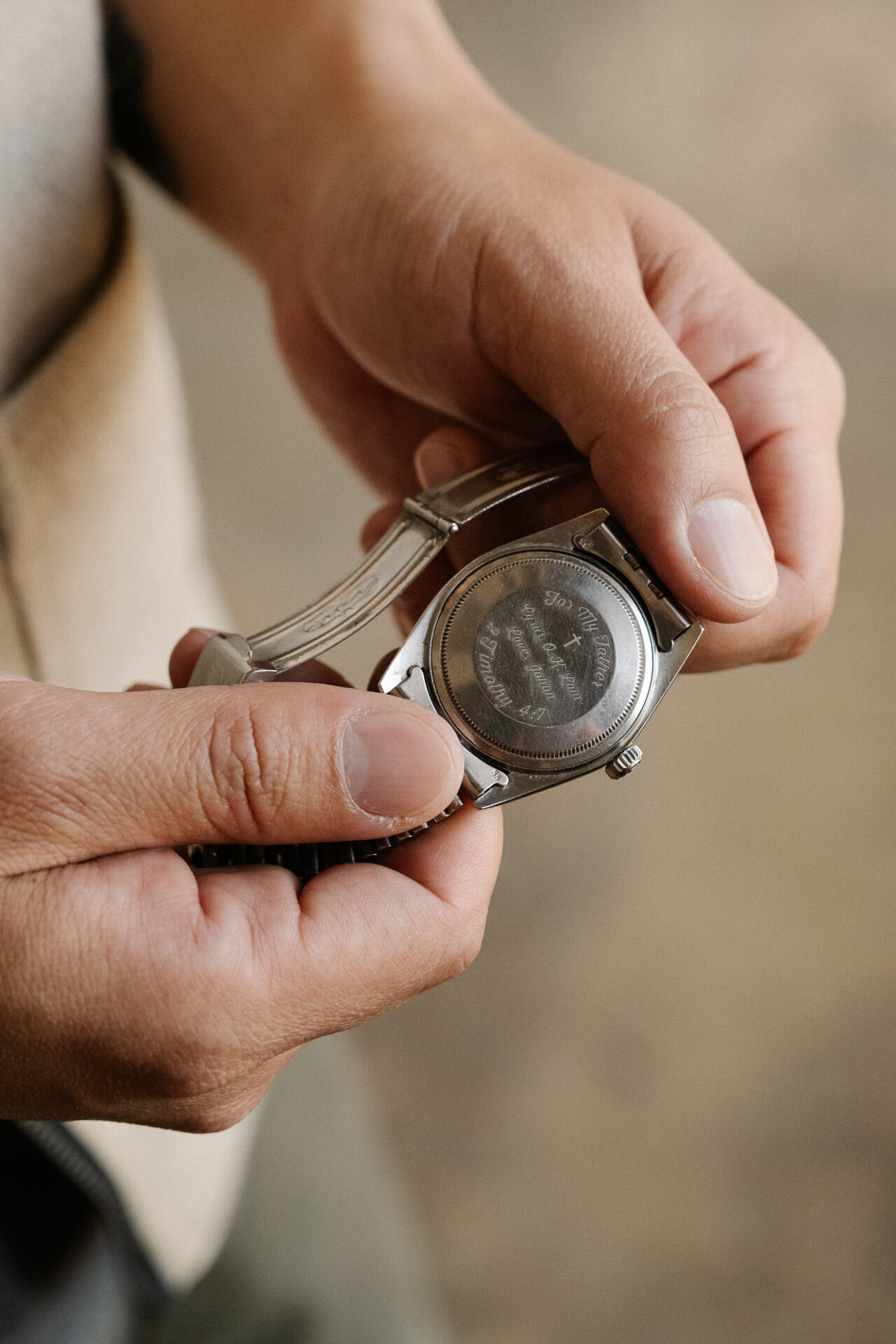
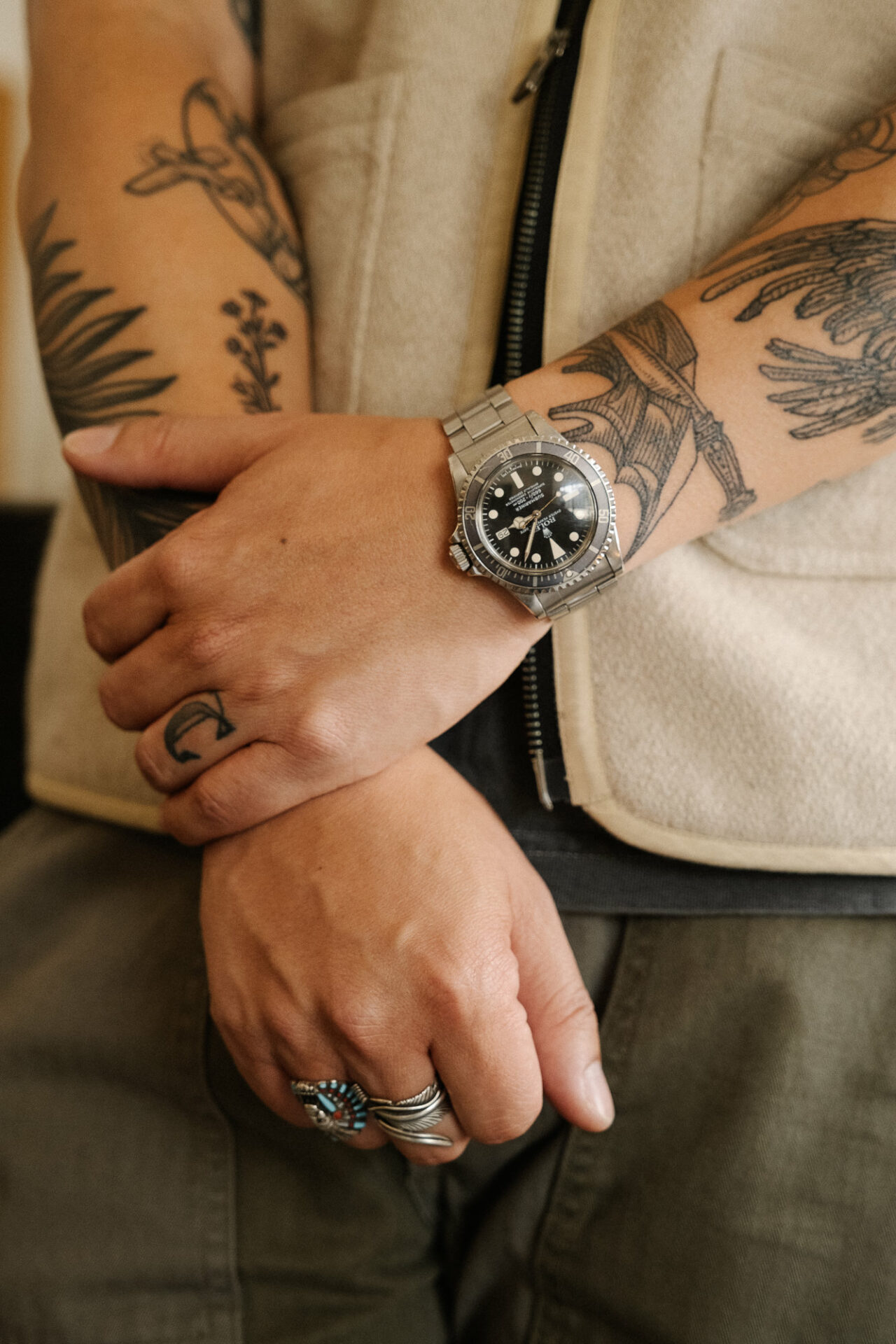
I thought it would be a nice gesture and I wanted to show him how much he meant to me, and I wanted to buy him something that I knew he would never buy for himself. Never in a million years. I found that Datejust and I had it engraved, and I gave it to him for his birthday that first year that he was battling cancer. He was diagnosed in January of ‘18 and at that time, they gave him a couple of months, but he ended up fighting for two years. And when I say fighting, he would do his rounds of chemo, but then would also fly to Africa and South America and then spend a few weeks in Asia, and to the best of his ability, lived it out until the very end. Towards the end, he just got so frail and so thin that the watch didn’t fit him anymore, and so weak from the chemo and from the cancer itself that it was becoming a burden. So he gave the watch back to me to keep and hold onto towards the end. That watch lives in the safe and I bring it and wear it on his birthday, on father’s day – stuff like that – just to remember him and that experience.
That’s so incredibly heavy and a tragic example of what these things can become imbued with and represent to people.
It’s funny, you usually buy a Rolex as a gift for someone and intend for that person to have it forever. I bought it knowing that “forever” was a very short time for my father. It was just a way to give him a luxury and the enjoyment of something that he would never think to buy for himself. That was me saying “I’m proud of you” to my dad. I wanted to give him this thing that is valuable and is precious as a token of my respect and a way to show my admiration for what he’d done.
What a wonderful way to express that to him. I can’t imagine any watch having more importance in your collection than that Datejust, but Is there anything else lurking in the collection these days that you enjoy? I see that you sold a nice ref. 16750 GMT-Master recently.
I just sold it because I’m going to buy a four digit reference sometime soon. I’ve been realizing that I can only wear one watch a day and usually I wear the same watch two weeks straight. I like to do that with clothes, too. If I find something that I really like, I just wear it a lot for two weeks and then I don’t have to think about it in the morning. That’s like a staple item like a vest or something – I’ll change out the pants and t-shirt and underwear, of course. So realizing that with watches, I just want to continue to refine the collection and find better examples. With the “Pepsi” GMT, I just felt like it was a good time to move it along and I did enjoy it and I’d wear it often, but I just felt like it was just time to move it and eventually I want to upgrade to a better example in a four digit “Pepsi.”
So we’ve got a bunch of classic Rolex tool watches, we’ve got a Datejust with a wildly heavy story to it, and we’ve got that ref.1803. Are we missing anything else?
I have a 16753 two-tone GMT that I bought from my friend Jules Gayton. Jules is one of the OGs of streetwear, was around in the early days of Stussy, lived in Downtown New York and DJ’ed and modeled in the heyday of that movement. Jules and I always joke about how if we had a time machine, we would go back in time and buy every watch that was made available to us that we passed on over the years. So Jules had this GMT that he didn’t wear much and I took a liking to, but it didn’t have a bracelet. So I bought the watch from him and then I sourced the bracelet, which was basically dead stock in Japan. I think somebody had switched out the bracelet on a brand new watch and it had just been sitting around for 30 years or whatever. I don’t wear it often, but I like looking at it and it was a fun story putting that watch together.
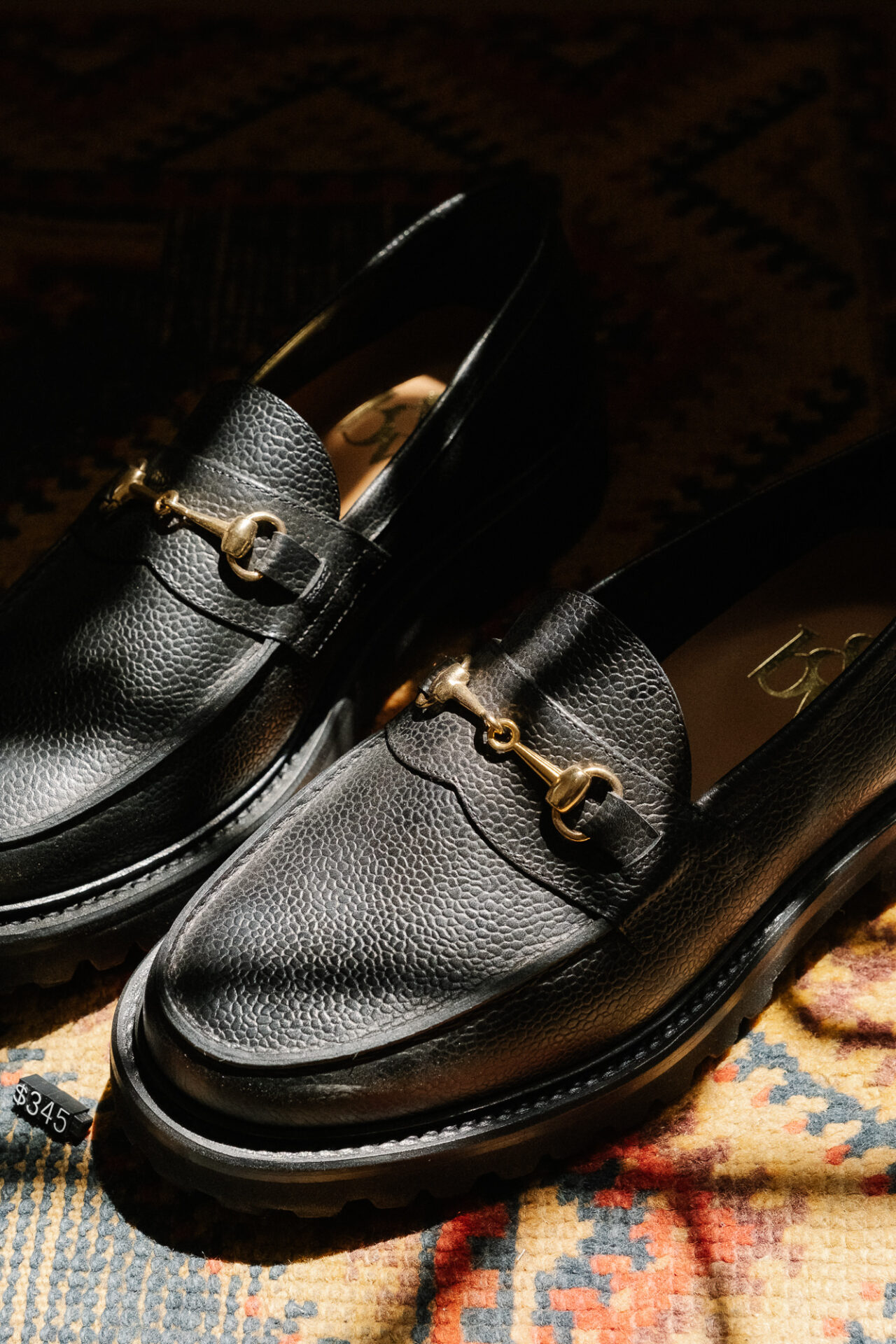

3sixteen does a ton of collaborations and you guys always go after companies that I think many brands would really love to work with. Can you tell us about your approach to collaboration?
We are very intentional with our collaborations and it’s very important to us that we’re offering something unique – that we’re not just collaborating for the sake of collaborating. So oftentimes, the companies that we partner with are companies that do something that we cannot do. They make something that we just have no idea how to make. And oftentimes that’s outside of the clothing world. So we’ve done a couple of furniture collaborations and for us, those aren’t really projects that make us money, but a fun way to show our design ethos outside of what we normally make and offer in our collections. When we do collaborate on clothing items, it’s usually with a company that specializes in a product that we have no business trying to make ourselves. So for example, we have a longstanding partnership with Schott and they make some of the best leather jackets in the world and we have a really great relationship with them. So once a year, we design a leather jacket with them – and we’ve expanded to non-leather outerwear with them, too. We also have a longstanding partnership with Crescent Down Works and they’re one of maybe two down jacket manufacturers left in the US they’re completely women owned and operated, which is really awesome, and they’re really fun to work with and they do amazing work!
We try not to overdo it with the collaborations and it really has to make sense on a number of levels for us to take on the project. Some of the furniture ones have been really fun. We had the opportunity to design and manufacture three sets of Eames lounge chairs and we flew out to the Herman Miller factory and they put us up in the hotel that’s right on the lake there, and we got to see the entire process, start-to-finish of how a lounge chair gets manufactured, and choose the shells that went on our specific chairs. For that project, we used a leather that was from one of their suppliers, but that they weren’t authorized to use on a lounge chair because when they choose fabrics that go on the upper of that chair, they have to be really stain resistant and patina resistant. They want them to stay colorfast and they want them to resist stains and dirt. So we chose a natural leather from their leather supplier, so the quality and the weight of it was the same, but it was natural in color. We actually had to sign a waiver that said that we would never go back and complain about it aging! So that was a really cool project and we took that same ethos and made a couch with Stephen Kenn using natural veg-tanned leather. We love flipping the idea of someone buying a couch and wanting it to look brand new and perfect for the life of the couch. We’re hoping to create something that’s going to age and look very different several years down the line from when it’s brand new.
We’re selective about the projects that we take on; myself and Andrew Chen, my business partner, are still very hands-on with all of these projects and because the brand is truly us as people, whatever we make with these partnerships often is very imbued with the types of things that make 3sixteen distinctive.
Visit 3sixteen online here. // Photos by Rio Asch Phoenix

Check out 'Reference Tracks' our Spotify playlist. We’ll take you through what’s been spinning on the black circle at the C + T offices.

Never miss a watch. Get push notifications for new items and content as well as exclusive access to app only product launches.
Sign up for our newsletter to receive updates and exclusive offers